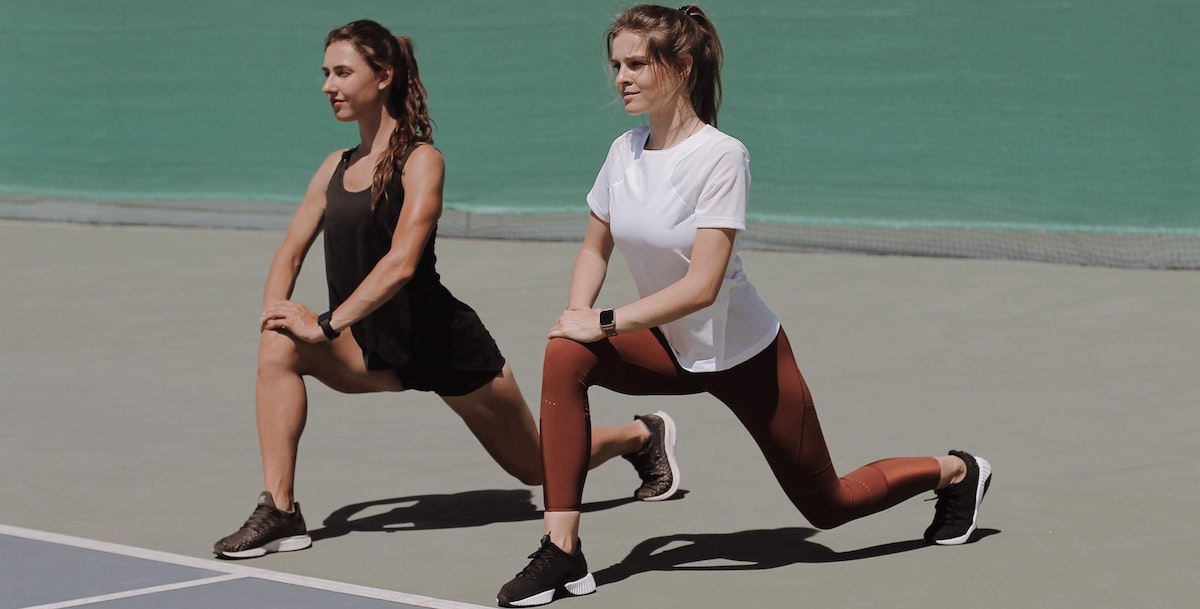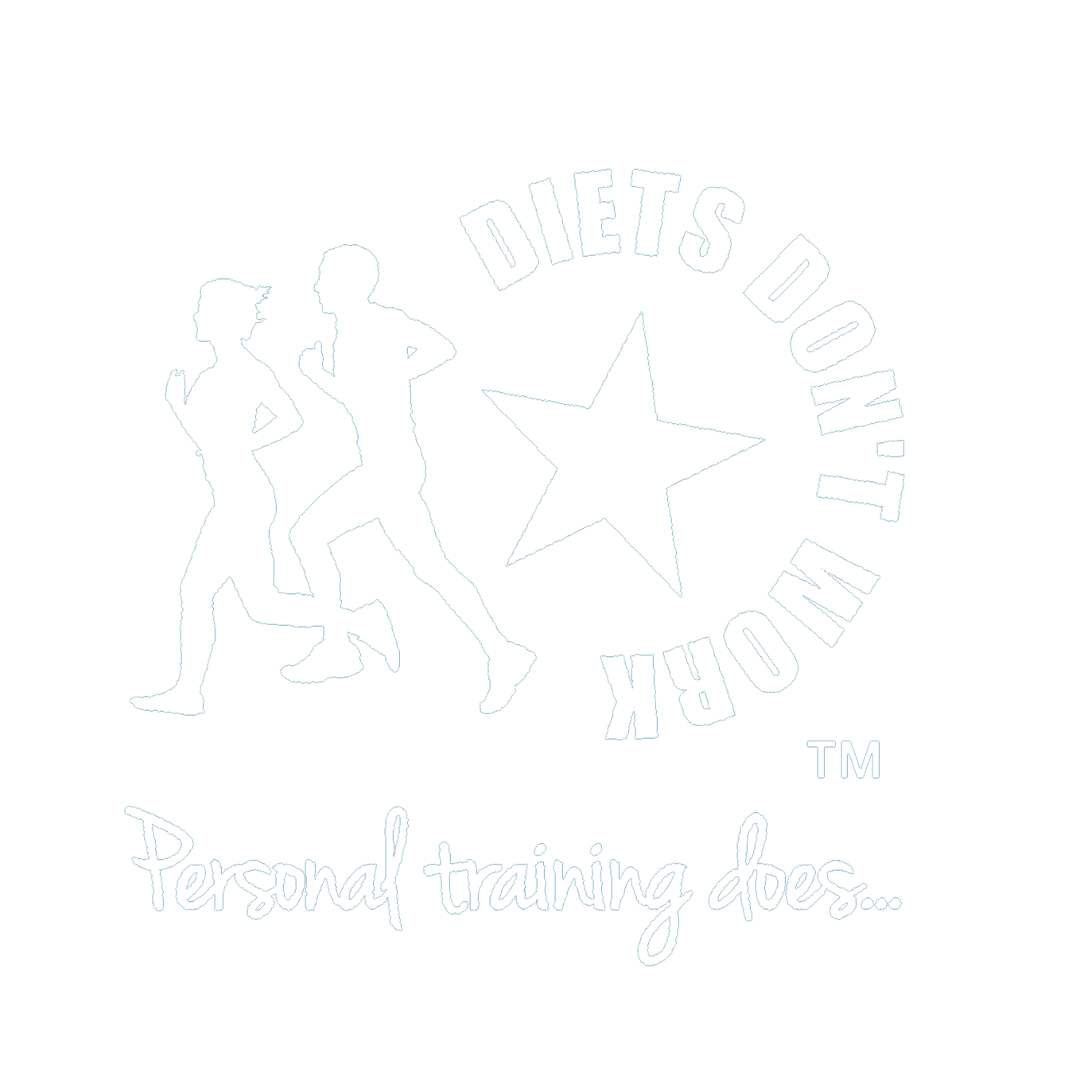
How to keep your Knees fit
Around 10,000,000 people in the UK suffer from joint pain, mainly in the knees, according to a leading charity Versus Arthritis. Even for those who remain pain-free, there will still be wear and tear to the joints as we age. Heading into our late 40s and 50s our balance deteriorates, making us more likely to twist, stumble or fall making knee injuries more likely. Shock absorbers in the knee (the meniscus, a sticky plastic like coating between the thigh and shin bone) can also become dehydrated leading is prone to meniscus tears. They can also be the source of serious knee problems.
Dr Fiona Watt, consultant rheumatologist at Imperial College in London, says “as joint surfaces roughen, there can be a velcro like feeling where the knees grate and click as you move”. Previous injuries can also be a big factor for future osteoarthritis. In England, 20% of people over the age of 45 suffer from osteoarthritis in the knee and there are nearly 40,000 knee-related operations each year. However, Dr Watt says “it is possible to modify it, particularly if you identify it earlier on.”
Taking care of your knees with health and exercise interventions really does work, and can prevent the need for future surgery. A recent study by Daniel Belavy, professor of physiology and a researcher at the Hochschule für Gesundheit, Bochum, Germany clearly shows this. Even in cases of ACL tears where surgery used to be deemed the only viable option, it is now believed that in many cases it might not be necessary to go under the knife.
The actions to keep your knees fit
Be a healthy weight
Much like the suspension in a car, if your knees have to carry an extra load constantly, over time this will wear out the suspension, both the meniscus and the articular cartilage covering the bone surfaces of the upper and lower leg.
Keep moving
Only in the immediate 24-48 hours after a knee injury should you immobilise the joint. Nearly all movement will help, but in particular low impact activities or partial weight-bearing exercise, like cycling, walking, or rowing – take care not to bend too deep on this last one if it is painful.
Keep your leg muscles strong
The muscles around the knee provide both support and stability for the joint. The stronger the leg muscles are the more support they will provide. Much like the cables of a suspension bridge, your quads and hamstrings help hold the knee in place. Stories of athletes tearing their ACL but not realising bear this out – their knee support was so strong, their knee was still stable even after one of the main ligaments was torn! (A list of great knee exercises is below).
Keep the muscles flexible
Tight muscles in the leg (and even the back) will create extra pressure on the knees and reduce space within the joint. So frequent stretching, foam rolling or a theragun will help to keep your knees happy. Deep tissue massage or physiotherapy can also be hugely beneficial.
Get enough vitamin D
“Vitamin D is vital for musculoskeletal and bone health,” Watt says. Studies have shown that supplements prescribed by a medical professional can improve knee arthritic knee pain in people with low vitamin D levels. And government advice is for all of us to take 10mcg a day during the winter months.
…but avoid expensive supplements
Lots of different supplements — from glucosamine and chondroitin to collagen tablets and turmeric — claim to help with knee and joint health, but Watt says there is generally not enough evidence to show any of these actually work. “They are broken down by the gut, so we can’t tell whether they have a direct effect on the joint,” she said. Turmeric and its active ingredient curcumin might have anti-inflammatory properties, but not enough is yet known about its effect on joints, although strong anecdotal evidence might support its use. There was some evidence in the past that glucosamine might help with knee health, but several large studies have shown that it is no more effective than a placebo.
Special (APOS) shoes and orthotics can help
Although good, properly fitted trainers will help – many specialist running shops will do a gait analysis and provide you with shoes that will make your ankles and knees work in good alignment – Após footwear is now provided on the NHS. These special shoes look like normal trainers but have little rubber bits on the soles and following an analysis of your walking and movement, and are positioned to make sure they redistribute pressure away from painful joints.
The best exercises to keep your knees fit – from gentle to more advanced
Stage 1 – safe rehab and strengthening exercises for really sore or recently injured knees – although many practitioners will recommend squats and deadlifts, for some these will be too much and might actually increase knee pain. The exercises in this section would be similar to those for people rehabilitating from ACL surgery.
Quad locking
Straight leg raises – if we had to choose one single exercise this would be it! You can add quad locking
Gluteal bridges
Standing leg extension with quad locking using a cable
Stage 2 – slightly more advanced partially weight-bearing strength exercises
Recumbent leg press
Inner range knee extensions on a machine
Hamstring curls on a swiss ball.
Stage 3 – more advanced weight bearing exercises. Proceed with caution and listen to your knees. Any pain beyond 2 or 3 out of 10 and you should regress to stages one and two.
Squats
Deadlifts (Romanian)
Lunges (static or curtsey).

Recent Comments